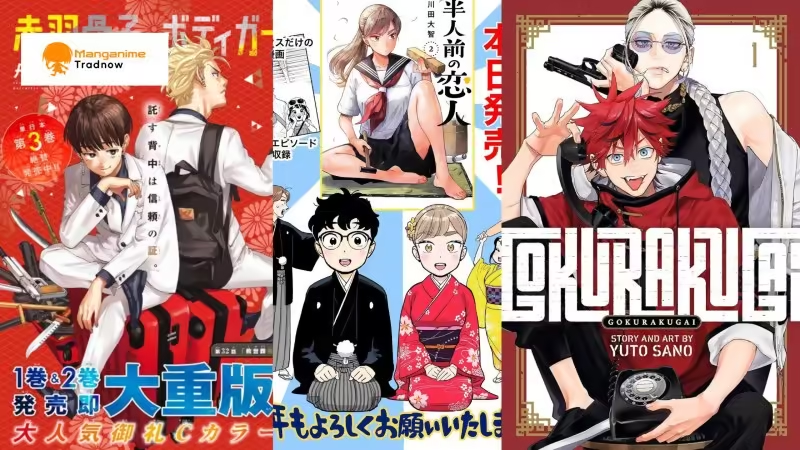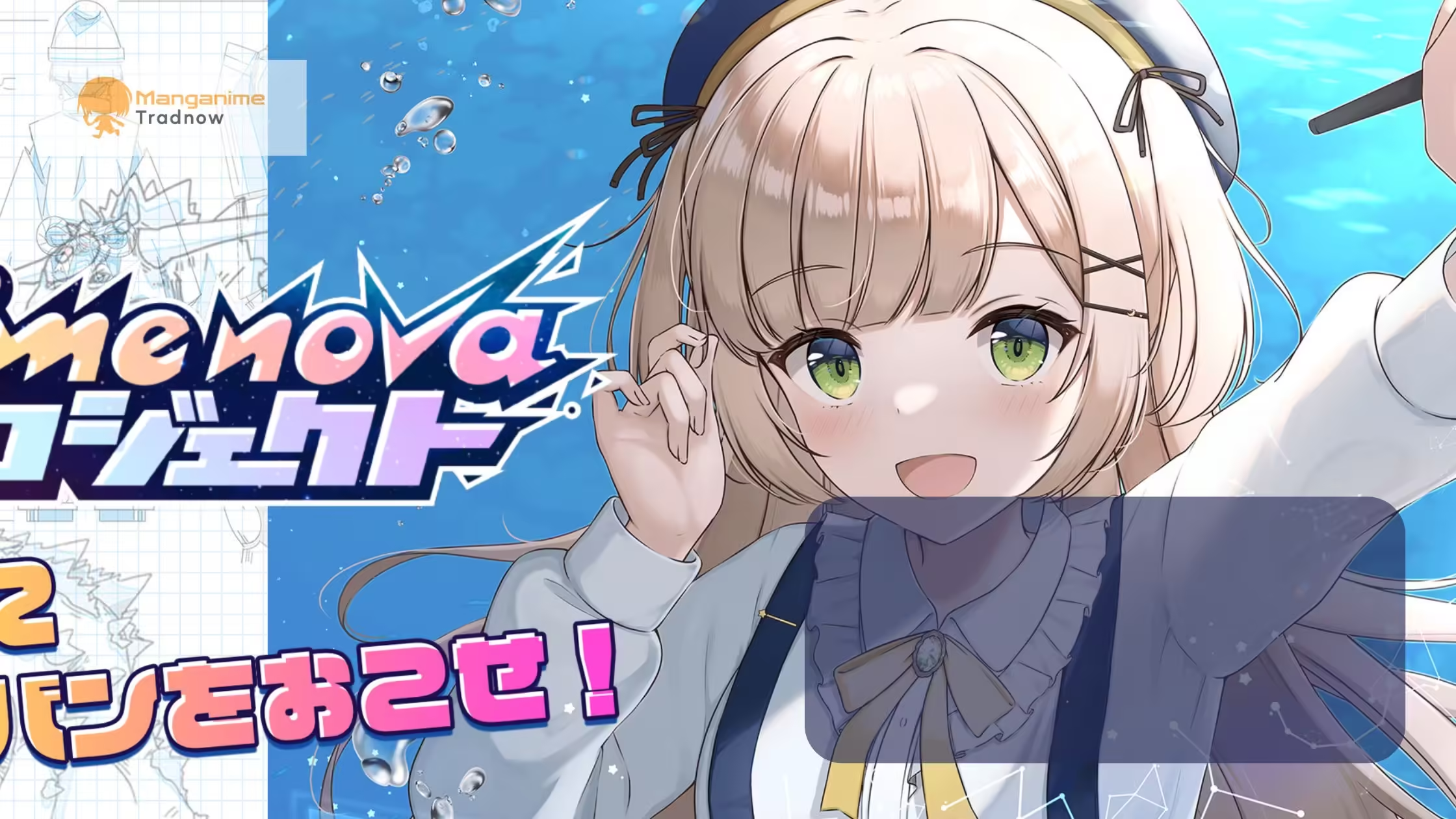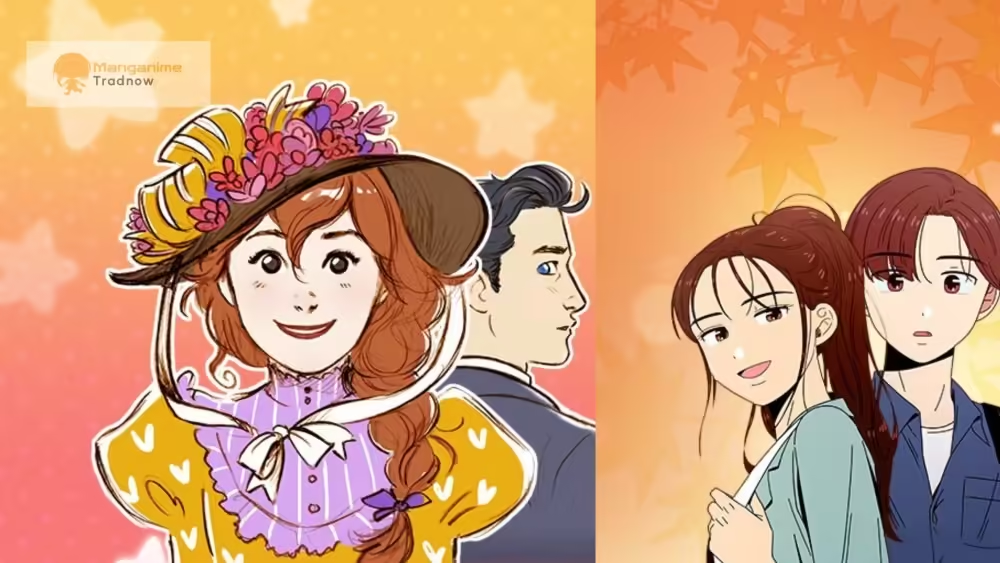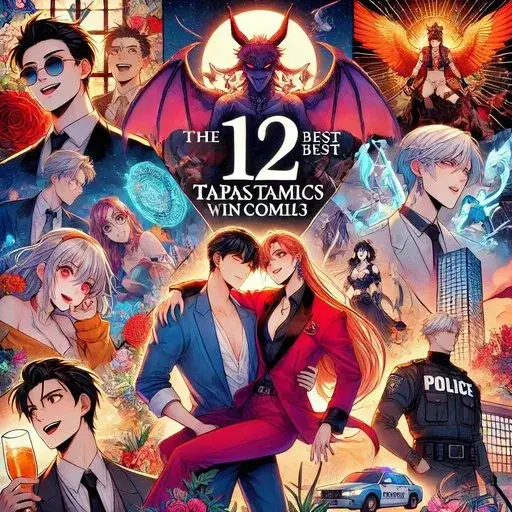With the influx of Japanese culture in the rest of the world as a whole, certain things have become more mainstream in foreign cultures. Two of the most notable of these things are Anime and Manga. Consuming anime and manga has become so commonplace around the world that it is even considered a hobby nowadays.
For the average consumer, the terms “anime” and “manga” probably make sense and are well distinguished. But what exactly is the difference? If you’re asking yourself that question, keep reading to find out the difference between anime and manga.
As much as the two are closely knit and sometimes used interchangeably, there are clear differences between anime and manga. First, let’s have a look at them individually, and what binds them, before cross-examining them to find differences.
Genres and Age Demographics
In the realm of manga and anime, there are stories of all genres, from horror to action, from romance to gore. However, they are also partitioned according to the target age demographic. Here are the four most notable categories you should keep in mind.
Shonen: Manga which is made with boys or young men in mind. They often feature a protagonist who is brave and noble, and fights off enemies or is the centre of attention.
Shojo: Manga made to cater towards girls or young women. Typically, stories in this genre are about a protagonist looking for the romance of their dreams.
Josei: Manga marketed towards older women, from late teenage years to adulthood. These are also usually romance-centerd but feature a more emotionally complex story and more mature themes.
Seinen: Manga made for an audience of older males, from late teenage years to adulthood. These stories tend to be less over-the-top with action and fantasy and offer a more relatable and realistic view of things.

Despite this partitioning based on age, typically anyone can watch/read any series of their choice. Older audiences may still find interest in series destined for the young. For the record, that doesn’t apply to the younger readers wanting to read adult-oriented content. Stay away kiddos! Also, there isn’t any way of immediately telling what demographic a series belongs to apart from the magazine that published it, and the use of furigana over kanji text.
1. What is Manga?

Simply put, manga is just the Japanese equivalent of comic books or graphic novels in the rest of the world. In essence, it is a Japanese style of comic books and novels. It tells its stories through text bubbles and ingenious illustrations put in panels on each page.
An immediate feature that distinguishes Manga from comics is that it is printed/read in typical Japanese fashion: from right to left. No matter what language it is published in, it maintains the original reading direction. Manga is also known to be published in black and white print for the most part, with the occasional coloured page.
Manga are usually published per chapter in weekly magazines like Shonen Jump and are later assembled into volumes and sold in tankobon(smaller) or bunkobon(larger) formats. They are sometimes rendered in colour, although that’s a rare treat. Manga also serves as the source material for many anime adaptations most of the time, though some anime take the liberty to take the adaptation story off the rails.
Related: 20 Best Manga of All Time You Need to Read.
2. What is Anime?

Anime on the flip side refers to Japanese hand-drawn or computer-animated media. In other words, anime is animated content of Japanese origin. Some say the art style is a key factor in determining if it’s an anime or not, but not all of them follow the traditional look.
In Japan, the word anime encapsulates all animated media, not just theirs. However, since the word “cartoons” is available, it helps us draw the line between animations of Western origin and Japanese origin.
Anime is usually characterised by colourful graphics, stunning characters and backgrounds, vivid movements and so much more. Really, the animation style greatly depends on the animation studio working on the project. A few popular ones are MAPPA (currently dabbling in CGI), Studio WIT and Trigger/Gainax(known for good action sequences) and Kyoto Animation (known for cute characters).
The typical anime art style would be one with big-eyed characters, over-the-top expressions and exaggerated hairstyles. In contrast to cartoons which are usually fairly simplistic in most aspects, anime is more sophisticated, from themes to plot.
Anime is released in seasons of any number from 12 to 24 episodes. In some cases, episodes are aired weekly, and in others, entire seasons are made available at once on streaming services. Much like manga, anime also has a plethora of genres; one for everyone in the audience.
It also follows the same demographics that we mentioned earlier. As an extension, anime is very often an adaptation from already existing source material (manga), but sometimes it can be adapted the other way around. There are typically two ways to adapt stories.
Story Adaptations
One way is to adapt a manga by sticking to the original story portrayed by the manga and just animating it faithfully. Some examples of this are Fullmetal Alchemist Brotherhood, Kuroko’s Basketball and JoJo’s Bizarre Adventure.
The other way, however, is to take the name of a manga and spiral off to create an entirely new storyline from what was initially in the manga. This happens sometimes when the anime catches up to the manga’s production and cannot stop, which creates a void which needs to be filled.
Examples of this are Soul Eater and Shaman King. It may also be a choice made by the directors to make a new story with a well-known series. Examples of this are Tokyo Ghoul, The Promised Neverland and K-On!
As well as most anime being adaptations from pre-existing material, a separate category exists; Anime originals! These anime embark on their stories as an entirely new endeavour, stories seen for the first time as an anime and nowhere else! Brilliant examples of this are Gurren Lagann, Kill la Kill, Cowboy Bebop and Code Geass among others.
Related: 15 Best Anime Series of All Time You Need to Watch.
Now that we have a good idea of what manga and anime are, in case you haven’t snuffed it out already, keep reading for the difference between manga and anime.
3. What’s the difference between Manga and Anime?
Although some differences are more apparent than others, there are still a number of differences between manga and anime that are worth mentioning. These differences range from visual representation to control and even cost.
3.1 Visual Representation.

The first and most noteworthy difference between manga and anime is: Manga is presented in a tangible book/page format with black and white illustrations to convey the story. Anime, on the other hand, is presented by fully animated (moving) pictures with vivid colours. Making an anime adaptation of a manga is a way to bring still images to life, but sometimes, anime is made into manga too.
3.2 Character Design.
Character designs aren’t all that different between anime and manga, but upon close examination (and knowledge of trade secrets), some things become more apparent. Manga character designs have the liberty to be extremely detailed in all senses of the word.
This is purely because manga are drawn in still images which need to have a great impact. Anime, as opposed to this, favours more simplistic designs, in order to make animation easier. Re-drawing a character who is heavily shaded over a hundred times for frame-by-frame animation is a chore, trust me.
3.3 Medium of publication/release.
The means by which these two forms of serialisation reach their final consumers are vastly different. Manga are published through select magazines in chapters, which may be released weekly or otherwise, depending on the publisher. These chapters are then assembled into volumes which are sold as separate units.
On rare occasions, box sets may be sold, as well as alternate coloured versions. Anime, in stark contrast, is released by airing on television and also made available on streaming services. Much like manga, some anime get their episodes assembled into Blu-Ray DVD releases.
3.4 Control
During the production of manga, the authors have full control and authority over their work. Although this is the case, their editors and those who publish their manga can either accept or refuse certain things. The power ultimately comes back to the mangaka to alter it to his tastes.
No one else can without his agreement. Anime, however, usually has very little involvement from the original mangaka, if it is an adaptation. The studio, if they honour the mangaka, may include him and have him build the vision with them. In most cases though, especially for less popular authors, they are put at length from the production.
3.5 Cost.
Looking at the production process of both, it isn’t far-fetched to say manga costs less to make than anime. Manga’s costs would come from hiring a couple of hands to assist in illustrations, and probably stationery. Anime, as opposed to manga, needs to acquire facilities and tech/machinery to be able to render all the images drawn and strung together for animation.
Not forgetting that there are probably twice as many employees working on the project, and illustrations are coloured. Generally, a lot more goes into anime production, though it doesn’t mean anime is better.
3.6 Popularity
Which medium is more popular? Anime or Manga? Honestly, the answer isn’t so clear. In Japan, both are pretty much on par with each other. In the West, however, it seems like anime is just a tad bit more popular. A lot of reasons can be given for this, as most people favour the consumption of media through TVs/screens. Also, the reading culture isn’t as strong everywhere as it is in Japan. Attention spans are also drastically dropping, making reading more difficult.
Related: 15 Best Fantasy Manga Series you should be reading.
3.7 Inclusion of licensed content and settings.
When examining works of art, it isn’t an overstatement to say that most are inspired, or even representations of real life. Manga and anime tend to follow such a trend, though the way they go about it is quite different. For example, some settings in Mob Psycho 100 are based on real life. Equally some parts of Tokyo as an inspiration for Death Note Locations and Demon Slayers Locations. Both anime and manga use real life to portray various scenes and settings in their work.
How they go about referencing licensed content, however, is a different battle. Manga are quite free in regards to mentioning licensed content, for example, saying a character stayed up all night playing “Mario Kart Wii”. This would cause no issues for the author.
For anime, on the other hand, it isn’t as easy to include such media. How they circumvent the issue is by using parody names, or entirely removing the content. Certain authors seem to have no problems doing this, notably Gege Akutami of Jujutsu Kaisen, but others prefer to avoid such hassles entirely. This is also a reason why some manga never gets adapted into anime, as they rely heavily on pop-culture references and licensed media for their stories.
4. Which is the better pick: Manga or Anime?
Looking at the many differences between manga and anime, it may all boil down to personal preference. Some people may prefer to sit down and burn through a thousand pages of their favourite stories. Others may want to wrap up nice and cosy and binge-watch 3 seasons of a well-told story.
It’s up to you. In other cases, it may not be about which medium is better, but it may be for a particular series. Watching the Tokyo Ghoul anime for example is going to leave you with loads of questions in contrast to the manga, as the adaptation was notably rough. The anime of a certain series may just design characters better overall, like in the case of Mob Psycho 100.
Another very important point to note is that the best way to support the authors of stories you like is by buying manga. Money from manga sales finds its way back to the author much easier than with anime. With anime, authors may be served with a minimal amount at the beginning of the contract and that’s it. That’s just to acknowledge that the author is a part of the project, but not the production.
5. Where can I find anime and manga?
You may be thinking to yourself after reading all this; “Man, I really want to have a piece of this anime/manga cake right now, but where do I start?” Do not fret. Anime and manga are readily available on the internet, both for free and paid. As mentioned earlier, streaming services are one place to look, but some other sites are available for use. Manga, in the same way, has apps you can use to read, as well as dedicated sites.
6. Conclusion

That’s a wrap. The TLDR is that manga is drawings/ comic books of Japanese origin, while anime is moving pictures, also of Japanese origin. They may both tell the same story, through different means. With that being said if you suddenly have the itch to hop on the manga train, be my guest! We have lots of epic manga recommendations, just for you! All you need is a good place to read them, and you’re good to go. There’s something for everyone in the audience, including anime enthusiasts!
Get more from Manganime Tradnow:
- 20 Unique Inspirational Anime Art Styles You Absolutely Need to Practice
- Ranking the Top 18 Saddest Moments in One Piece
- Anime Marathon: The 18 Longest Anime Series Ever Made
- Slam Dunk Movie: The First Slam Dunk
- Jujutsu Kaisen Movie: Jujutsu Kaisen 0 – An Overview
- Black Clover Movie: Sword of the Wizard King – An Overview
- 12 Favorite Castlevania Characters
- Top Platinum Angels and Their Level
- Is Mix Manga a Prequel to Touch?
- Revealing the Ultimate Guide to Best Manga Stores in the World
- Gundam Attractions Fans Should Not Miss at All
- 10 Remarkable Akatsuki Logo For Inspiration
- Top Strongest Platinum End Characters Ranked
- Real-life Locations of Ponyo in Japan
- 15 Frequently Asked Questions About Hunter X Hunter
Don’t you want to miss any cool events or tips about anime art, anime, webtoon and manga in general? Then sign up for our newsletter for the latest updates from Manganime Tradnow below 👇

Show Your Work
Whether you are a professional or an amateur, we will love to see your artwork. So don't hesitate to remove your cats from your box right away






